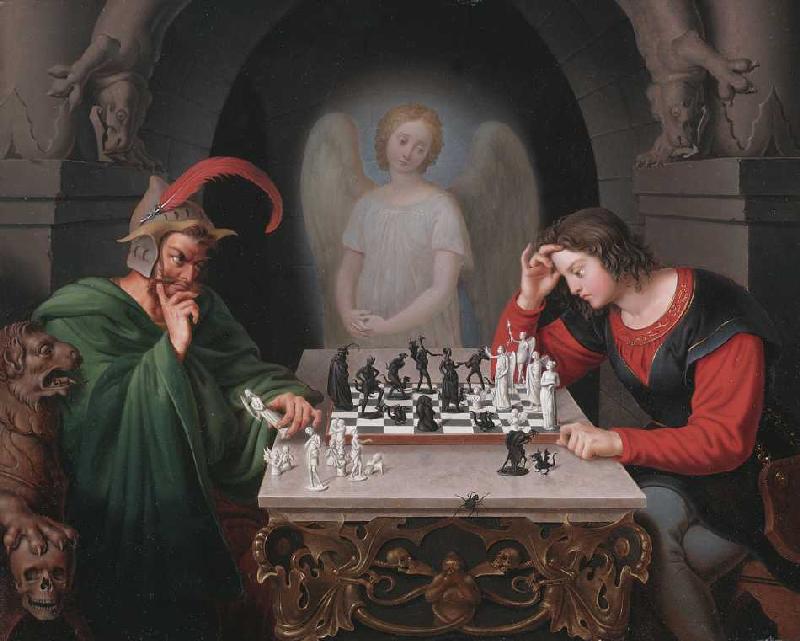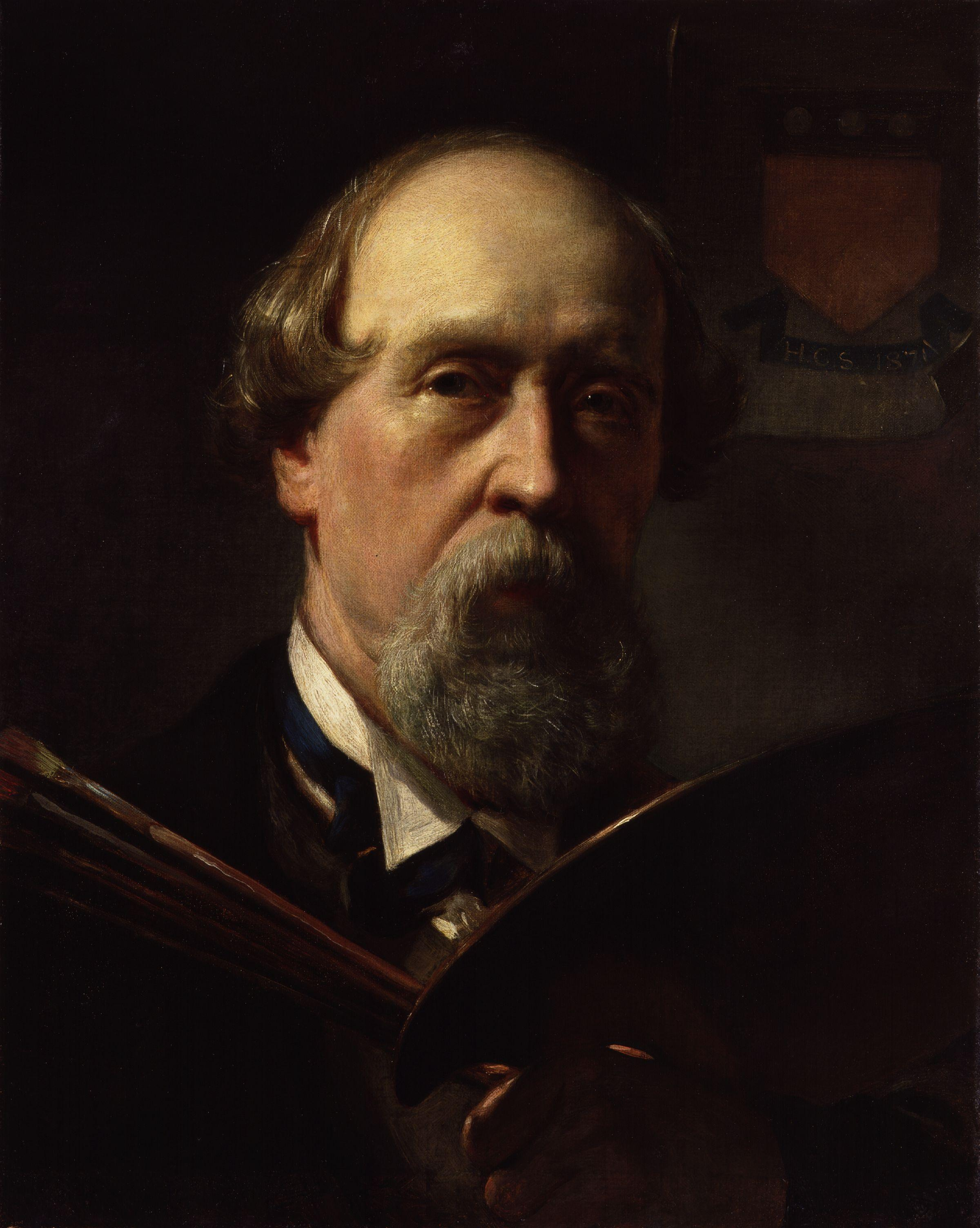|
Henry Moses (engraver)
Henry Moses (8 May 1781 – 28 February 1870) was an English engraver. He was born at Marylebone and died at Cowley, Middlesex. Works Moses was one of the engravers employed on the official publication ''Ancient Marbles in the British Museum'', 1812–1845. Other works included: * ''The Gallery of Pictures painted by Benjamin West'', 12 plates, 1811 (patronage of Thomas Hope); * ''A Collection of Antique Vases, Altars, &c., from various Museums and Collections'', 170 plates, 1814; * ''Select Greek and Roman Antiquities'', 36 plates, 1817; * ''Vases from the Collection of Sir Henry Englefield'', 40 plates, 1819; * ''Examples of Ornamental Sculpture in Architecture, drawn by L. Vulliamy'', 36 plates, 1823; * Illustrations to Goethe's ''Faust'', after Moritz Retzsch, 26 plates, 1821; * Illustrations to Schiller's ''Fridolin'' and ''Fight with the Dragon'', 1824 and 1825; * Georg Heinrich Noehden's ''Specimens of Ancient Coins of Magna Graecia and Sicily'', 24 stipple plates, ... [...More Info...] [...Related Items...] OR: [Wikipedia] [Google] [Baidu] |
Marylebone
Marylebone (usually , also , ) is a district in the West End of London, in the City of Westminster. Oxford Street, Europe's busiest shopping street, forms its southern boundary. An Civil parish#Ancient parishes, ancient parish and latterly a metropolitan borough, it merged with the boroughs of Metropolitan Borough of Westminster, Westminster and Metropolitan Borough of Paddington, Paddington to form the new City of Westminster in 1965. Marylebone station lies two miles north-west of Charing Cross. History Marylebone was originally an Civil parish#ancient parishes, Ancient Parish formed to serve the manors (landholdings) of Lileston (in the west, which gives its name to modern Lisson Grove) and Tyburn in the east. The parish is likely to have been in place since at least the twelfth century and will have used the boundaries of the pre-existing manors. The boundaries of the parish were consistent from the late twelfth century to the creation of the Metropolitan Borough which ... [...More Info...] [...Related Items...] OR: [Wikipedia] [Google] [Baidu] |
Cowley, Middlesex
Cowley is a village contiguous with the town of Uxbridge in the London Borough of Hillingdon. A largely suburban village with 16 listed buildings, Cowley is 15.4 miles (24.8 km) west of Charing Cross, bordered to the west by Uxbridge Moor in the Green Belt and the River Colne, forming the border with Buckinghamshire. Cowley was an ancient parish in the historic county of Middlesex. Toponymy Cowley's name is believed to be derived from the Anglo-Saxon ''Cofenlea'': "Cofa's woodland clearing." The earliest written record of the settlement is from 959. History Medieval period St. Laurence Church was in recorded as in the parish of Cowley in the 1086 ''Domesday Book'' along with the parish land owned by Westminster Abbey, valued as worth to its lord two pounds per year in 1066 and at one pound ten shillings in 1086. Its independent male householders were two villagers, one cottage-owner with one cultivated ploughland for one lord's plough team. Lord's lands (also ... [...More Info...] [...Related Items...] OR: [Wikipedia] [Google] [Baidu] |
Benjamin West
Benjamin West, (October 10, 1738 – March 11, 1820) was a British-American artist who painted famous historical scenes such as '' The Death of Nelson'', ''The Death of General Wolfe'', the '' Treaty of Paris'', and '' Benjamin Franklin Drawing Electricity from the Sky''. Entirely self-taught, West soon gained valuable patronage and toured Europe, eventually settling in London. He impressed King George III and was largely responsible for the launch of the Royal Academy, of which he became the second president (after Sir Joshua Reynolds). He was appointed historical painter to the court and Surveyor of the King's Pictures. West also painted religious subjects, as in his huge work ''The Preservation of St Paul after a Shipwreck at Malta'', at the Chapel of St Peter and St Paul at the Old Royal Naval College in Greenwich, and ''Christ Healing the Sick'', presented to the National Gallery. Early life West was born in Springfield, Pennsylvania, in a house that is now in the bo ... [...More Info...] [...Related Items...] OR: [Wikipedia] [Google] [Baidu] |
Thomas Hope (1769–1831)
Thomas Hope (30 August 17692 February 1831) the "Furniture Hope" was a Dutch and British interior decorator, Regency designer, traveler, author, philosopher, art collector, and a member of the bankers Hope & Co. He is best known for introducing the Greek Revival architecture, opening his house as a museum and his novel ''Anastasius'', a work which many experts considered a rival to the writings of Lord Byron. Early life and family The eldest son of Jan Hope, Thomas descended from a branch of an old Scottish family (Quakers) who for several generations were merchant bankers known as the Hopes of Amsterdam, or Hope & Co. He was baptized on 3 September in English Reformed Church, Amsterdam. He had two brothers, Adrian Elias (1772-1834), an innovative gardener, and Henry Philip (1774-1839), a collector of gems and jewelry. Hope was possibly painted as a boy by Guy Head who visited Amsterdam c.1780. Thomas inherited a love of the arts from his parents. His father spent his ... [...More Info...] [...Related Items...] OR: [Wikipedia] [Google] [Baidu] |
Moritz Retzsch
Friedrich August Moritz Retzsch (December 9, 1779 - June 11, 1857) was a German painter, draughtsman, and etcher. Retzsch was born in the Saxon capital Dresden. He joined the Dresden Academy of Fine Arts in 1798 under Cajetan Toscani and Józef Grassi, later working autodidactically, copying the famous pictures of the Gemäldegalerie, among them a copy of the '' Sixtinian Madonna''. He was made a member of the Academy in 1817 and professor in 1824. The Cotta publishing house commissioned illustrations for Johann Wolfgang Goethe's ''Faust'' (26 plates), which made him financially independent. Goethe liked his work, and he illustrated works by other famous authors, most notably Friedrich Schiller's ''Lied von der Glocke'' (43 plates), a ''Shakespeare Gallery'' (80 plates), and Bürger's ''Ballads'' (15 plates). He also did oil paintings on classical subjects, and portraits. Many of his works were created in a house in the Lößnitz, with a view of the Elbe Valley. As a winema ... [...More Info...] [...Related Items...] OR: [Wikipedia] [Google] [Baidu] |
Georg Heinrich Noehden
{{disambiguation ...
Georg may refer to: * ''Georg'' (film), 1997 *Georg (musical), Estonian musical * Georg (given name) * Georg (surname) * , a Kriegsmarine coastal tanker See also * George (other) George may refer to: People * George (given name) * George (surname) * George (singer), American-Canadian singer George Nozuka, known by the mononym George * George Washington, First President of the United States * George W. Bush, 43rd President ... [...More Info...] [...Related Items...] OR: [Wikipedia] [Google] [Baidu] |
James Hakewill
James Hakewill (1778–1843) was an English architect, best known for his illustrated publications. Life The second son of John Hakewill, he was brought up as an architect, and exhibited some designs at the Royal Academy. He was collecting materials for a work on the Rhine when he died in London, 28 May 1843. Works In 1813 he published a series of ''Views of the Neighbourhood of Windsor, &c., with engravings by others from his own drawings''. In 1816–17 he travelled in Italy, and on his return published in parts ''A Picturesque Tour of Italy'', in which some of his own drawings were finished into pictures for engraving by J. M. W. Turner. In 1820–1 he visited Jamaica, and subsequently published ''A Picturesque Tour in the Island of Jamaica, from his own drawings'' In 1828 he published ''Plans, Sections, and Elevations of the Abattoirs in Paris, with considerations for their adoption in London''. He also published a small tract on Elizabethan architecture. He was engaged in ... [...More Info...] [...Related Items...] OR: [Wikipedia] [Google] [Baidu] |
Pilgrim's Progress
''The Pilgrim's Progress from This World, to That Which Is to Come'' is a 1678 Christian allegory written by John Bunyan. It is regarded as one of the most significant works of theological fiction in English literature and a progenitor of the narrative aspect of Christian media. It has been translated into more than 200 languages and never been out of print. It appeared in Dutch in 1681, in German in 1703 and in Swedish in 1727. The first North American edition was issued in 1681.Lyons, M. (2011). Books: A Living History. Getty Publications. It has also been cited as the first novel written in English. According to literary editor Robert McCrum, "there's no book in English, apart from the Bible, to equal Bunyan's masterpiece for the range of its readership, or its influence on writers as diverse as C. S. Lewis, Nathaniel Hawthorne, Herman Melville, Charles Dickens, Louisa May Alcott, George Bernard Shaw, William Thackeray, Charlotte Bronte, Mark Twain, John Steinbeck a ... [...More Info...] [...Related Items...] OR: [Wikipedia] [Google] [Baidu] |
Henry Courtney Selous
Henry Courtney Selous (b. Panton Street, Haymarket, London 1803; d. Beaworthy, Devon, 24 September 1890) was an English painter, illustrator and lithographer. Life He was the son of Gideon "George" Slous (1777–1839), a Flemish portrait and miniature painter, and a pupil of John Martin who was an important and influential English painter of the 19th century. He was an occupant of Keats House in Hampstead, from 1835 to 1838. Selous had two brothers, Frederick Lokes Slous (the father of Frederick Courteney Selous) and Angiolo Robson Slous, a playwright who wrote ''True to the Core: A Story of the Armada'' and whose daughter Alice married the novelist Morley Roberts. He married on 4 March 1837 Emily Elizabeth (d. 1879), daughter of the successful miniature painter Henry Pierce Boneat at St Pancras Parish Church and they had four daughters. He died on the 24th September 1890 and was buried on the eastern side of Highgate Cemetery. Career In 1818 Selous entered the Royal A ... [...More Info...] [...Related Items...] OR: [Wikipedia] [Google] [Baidu] |
Art Union Of London
The Art Union of London, established in 1837, was an organisation which distributed works of art amongst its subscribers by lottery. Art unions Art unions were organisations created to function as patrons of art. Members would pay a small annual subscription. The union would spend the subscriptions on works of contemporary art, which were distributed among its members by means of a lottery. The idea emerged in Switzerland at the beginning of the 19th century, and was imitated in various German territories. It was introduced to England in the late 1830s on the recommendation of a House of Commons Select Committee on the Arts and Manufactures in the United Kingdom. Foundation The Art Union of London was established in 1837, following the establishment of similar organisations in Edinburgh and Liverpool. It described its aim as being "to aid in extending the love of the Arts of Design, and to give Encouragement to Artists beyond that afforded by the patronage of individuals." ... [...More Info...] [...Related Items...] OR: [Wikipedia] [Google] [Baidu] |
1782 Births
Year 178 ( CLXXVIII) was a common year starting on Wednesday (link will display the full calendar) of the Julian calendar. At the time, it was known as the Year of the Consulship of Scipio and Rufus (or, less frequently, year 931 ''Ab urbe condita''). The denomination 178 for this year has been used since the early medieval period, when the Anno Domini calendar era became the prevalent method in Europe for naming years. Events By place Roman Empire * Bruttia Crispina marries Commodus, and receives the title of '' Augusta''. * Emperor Marcus Aurelius and his son Commodus arrive at Carnuntum in Pannonia, and travel to the Danube to fight against the Marcomanni. Asia * Last (7th) year of ''Xiping'' era and start of ''Guanghe'' era of the Chinese Han Dynasty. * In India, the decline of the Kushan Empire begins. The Sassanides take over Central Asia. Religion * The Montanist heresy is condemned for the first time. Births * Lü Meng, Chinese general (d. 220) * P ... [...More Info...] [...Related Items...] OR: [Wikipedia] [Google] [Baidu] |



.jpg)


